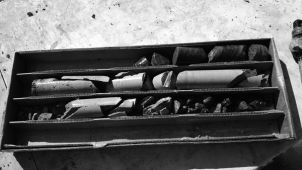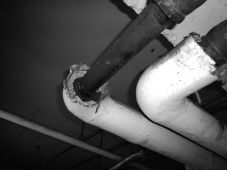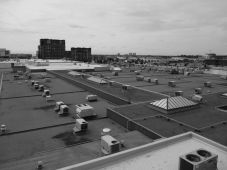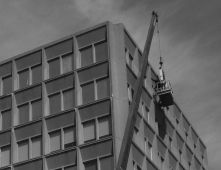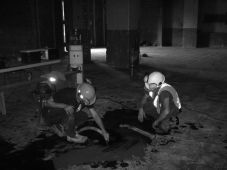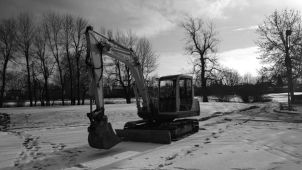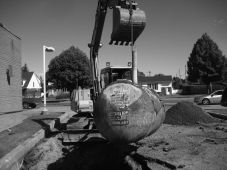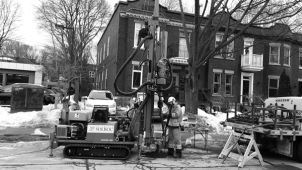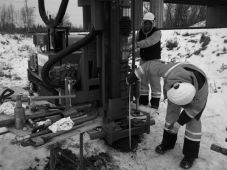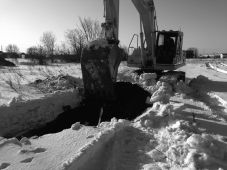Radon can be found in higher concentration in buildings and can accumulate
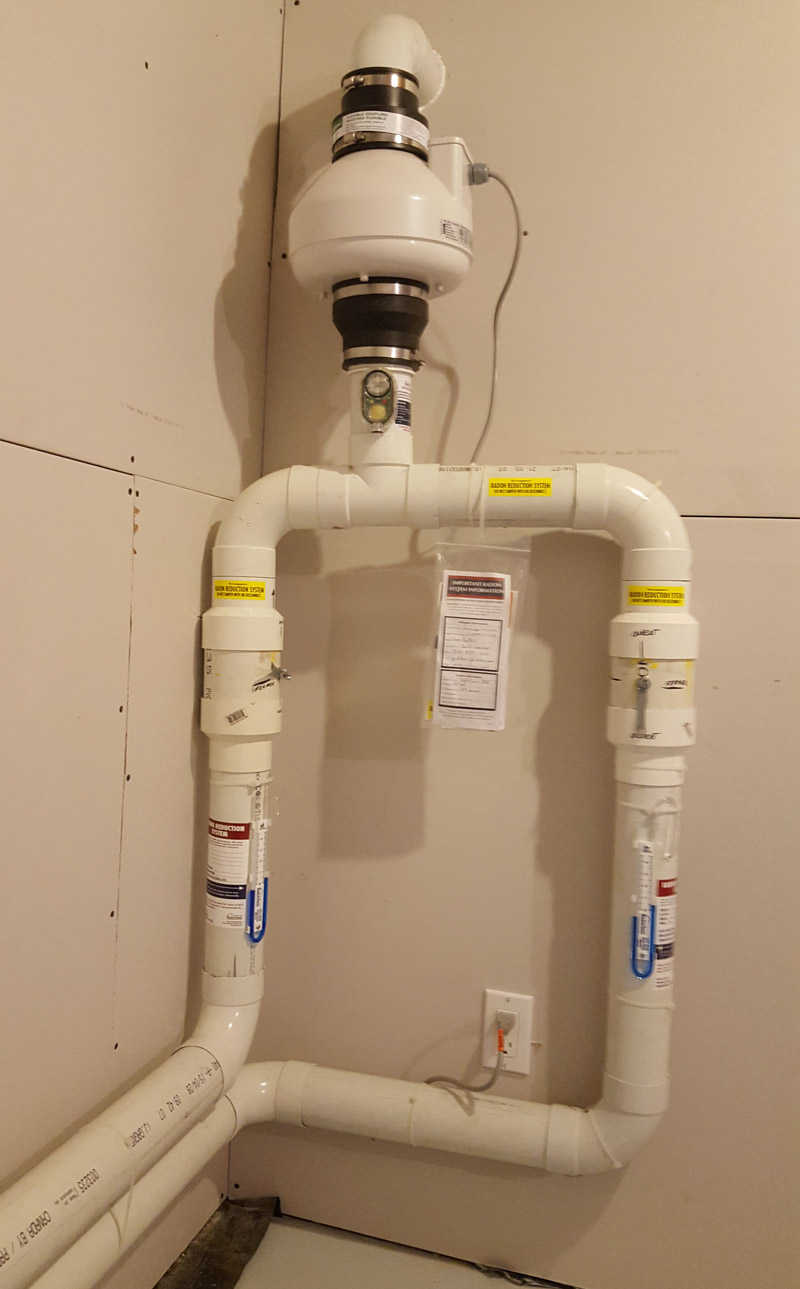
Radon extraction system under the slab.
Radon, a radioactive element
Radon is the major source of human exposure to radioactivity. This would account for 16% of lung cancer deaths in Canada.
Radon can be concentrated in poorly ventilated crawl spaces and/or basements. With a half-life of 3.8 days, significant quantities can only penetrate into buildings through breaches in the concrete such as joints, cracks in slabs, drains or sumps. Once infiltrated, radon remains in poorly ventilated areas.
The concentration of radon in a building can be reduced by aeration and ventilation, sealing of cracks in the concrete, and, in more serious cases, depressurization of the soil under the basement slab.
Measurement and risk expertise
SOLROC is certified by the National Radon Competency Program in Canada (PNCR-C, or C-NRPP) to measure ambient radon for a real estate transaction, workplace expertise or a risk expertise related to schools, hospitals or important industries.
SOLROC has state-of-the-art equipment that can deliver instant results over 3 days or 30 days, depending on the objective. The work is carried out by an engineer that is a member of the Canadian Nuclear Society and who is recognized by Health Canada .
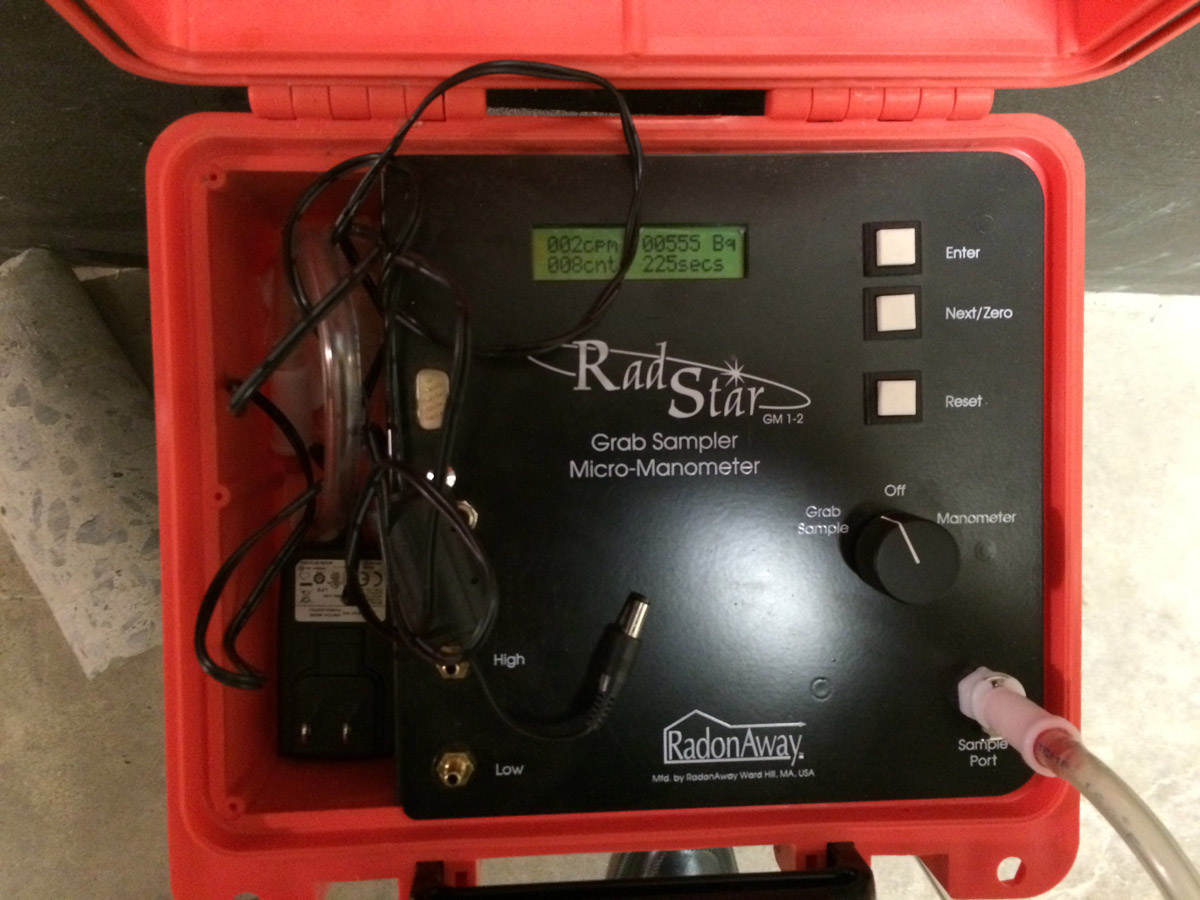
Measurement of radon concentration.
Permanent solutions
Subsequently, SOLROC establishes solutions to permanently solve a radon problem. Under-slab depressurization is the best sustainable solution. SOLROC specializes in the expertise of depressurization under slabs in schools and other institutions. SOLROC is accredited for radon mitigation by the C-NRPP and has geological expertise that usually identifies the regional source of the problem.
The Remediasol team, a subsidiary of SOLROC, employs experienced technicians to ensure that the remediation work is effective and permanent.
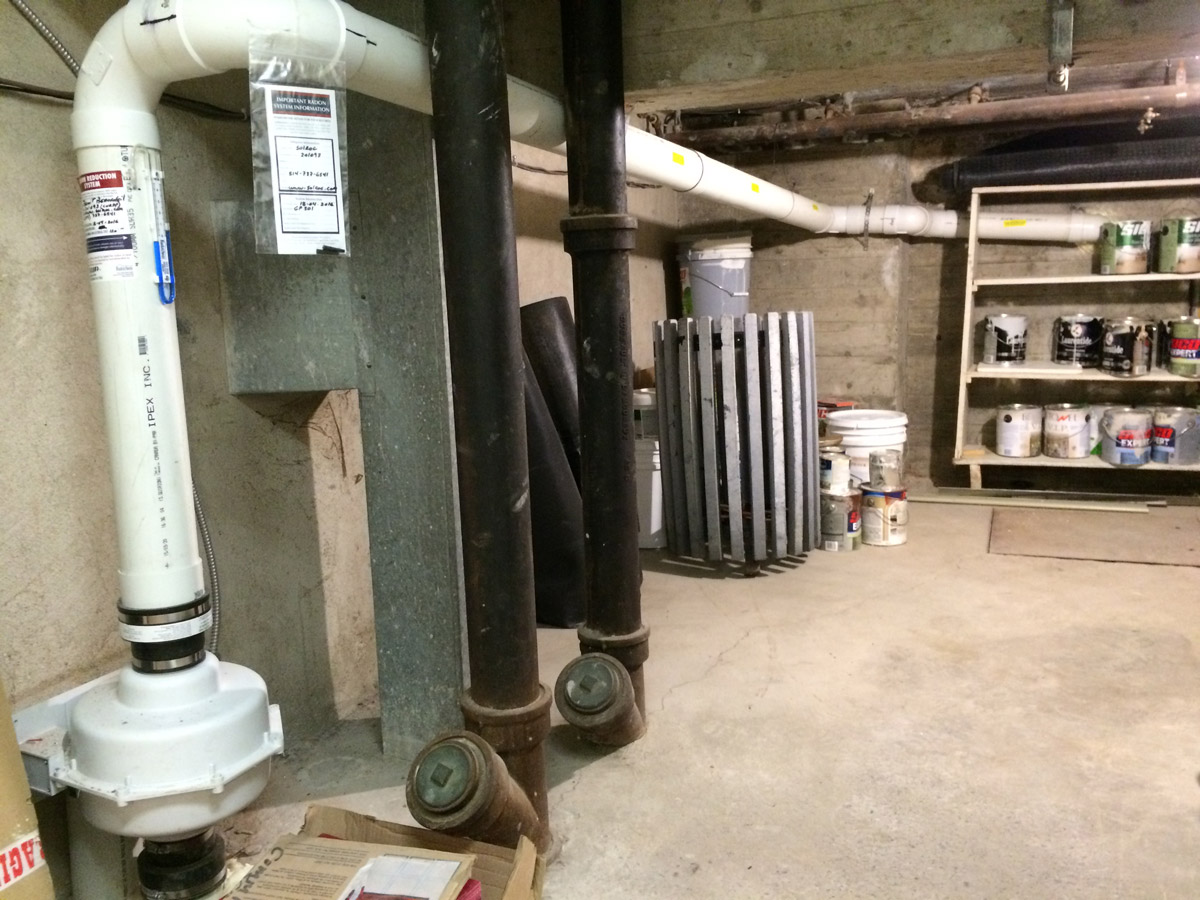
Radon extraction system under the slab.





